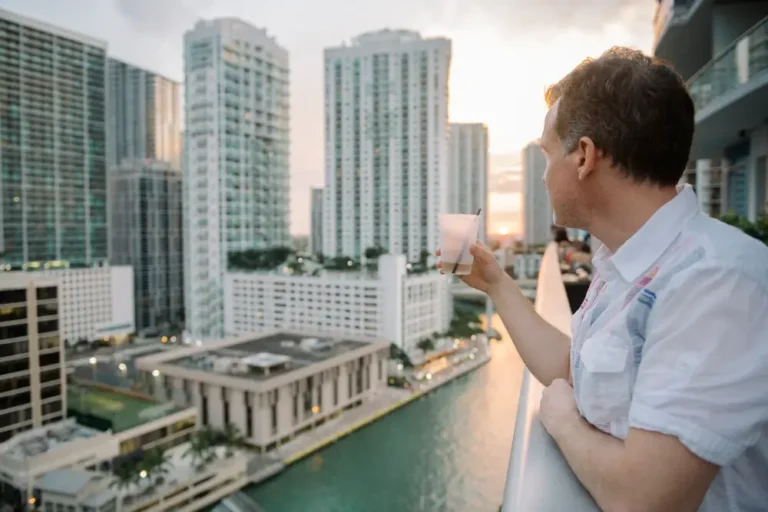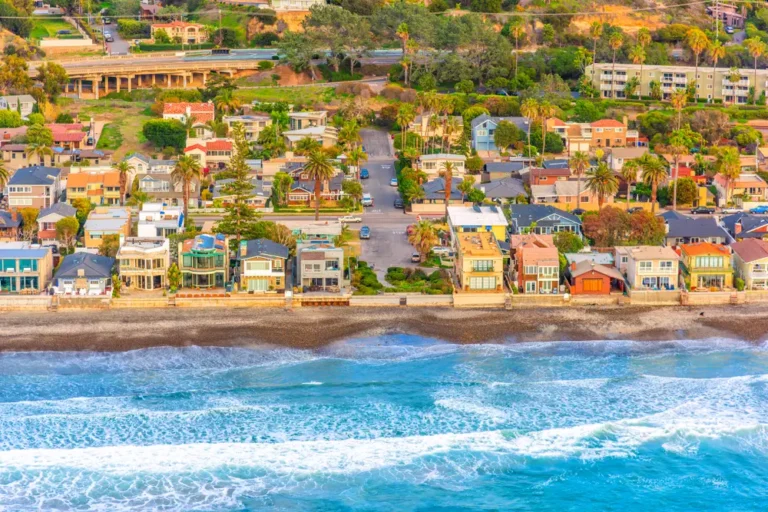I was born in the ‘Silicon Valley’ of India and watched it change from a quiet, green city to an international tech hub

This as-told-to essay is based on a transcribed conversation with Vikram Chandrashekar, 50, who was born in Bengaluru, India, about how the city has changed over his lifetime. The following has been edited for length and clarity.
Bengaluru has become known as the “Silicon Valley of India,” but it was once known as a “Garden City.”
I was born in Bengaluru and have lived in J.P. Nagar, a neighborhood in the south of the city since I was seven. Back then, it was a remote area with a lot of trees and gardens.
There was a huge lake with a guava and mango orchard across from it. We used to get off the school bus, grab a mango, wash it in the lake, and eat it.
Now, there are houses where the lake used to be, and the majority of the orchard is gone. As the tech sector developed in Bengaluru over the decades, there was a lot of urbanization. As a result, there’s less greenery on the streets and more high-rise buildings.
Urbanization is good, but it transformed Bengaluru too quickly and too soon — the city’s been catching up ever since. It’s left some people feeling frustrated about things like traffic, housing costs, and this year’s water crisis.
I’ve witnessed Bengaluru’s transformation into a tech hub
Bengaluru used to be a place where retirees wanted to live. It was a quiet place with a relatively moderate climate.
There’s a long history of science and tech development in Bengaluru. The Indian Institute of Science and Raman Research Institute is here. We also have a decadeslong history of aerospace research and electronics manufacturing.
In the 80s and 90s, IT companies like Infosys, Wipro, and Texas Instruments moved into Bengaluru. In the mid-2000s, the startup ecosystem grew as it became more accessible and normalized to start a business.
IT created a lot of job opportunities, just like it did in Silicon Valley. Today, there’s a large startup ecosystem and community of venture capitalists. It’s probably the best place to launch a startup in India, which means more people have come to the city, creating a need for more space, public transport, and residences.
It also created a lot of urbanization, which gave people more access to resources. We had a larger airport, restaurants with various cuisines coming into the city, and affordable internet access due to more competition between companies.
Because of the startup ecosystem, we get new services and products faster than other Indian cities. I’ve benefited positively from urban development in these ways.
There are benefits and drawbacks to Bengaluru’s transformation
I’m employed in the IT sector. I’ve been working at Oracle for the past 27 years, and my current role is solutions architect.
People in Bengaluru have undoubtedly benefited from the job opportunities created by the tech boom, but I think local people are split on the effects of urbanization.
It’s common to see negative comments about Bengaluru on social media or people complaining to their friends. I think the three biggest issues they raise are the water crisis, housing prices, and traffic.
Traffic is definitely an issue. Public transport isn’t sufficient as it stands. Before the pandemic, I’d take the metro to work four days a week because it made me less angry than driving in traffic.
Residential pricing has increased from what it used to be, but so have housing prices in other cities. I’m living in a house that belonged to my parents, so I don’t have to pay rent, and this isn’t an issue for me.
Bengaluru has had long-standing issues with water. There are too many people and a limited water supply due to a decreasing number of lakes. Earlier this year, there was a very bad water crisis because it got very hot and there was little rain.
People were consciously trying to conserve water, and the government brought in water tankers for people to get water at a price. I’ve never struggled with water supply in the past: I have access to a well, rainwater harvesting, and facilities to store water from the public supply. But this year, I noticed the public water supply was running out more frequently, so even I had to buy water a few times. It was a bad feeling which made me see how the city was changing.
Things have definitely improved since the summer, and hopefully, people will be more prepared for next summer.
I support carpooling, using public transport, and rainwater harvesting to address infrastructure issues in Bengaluru. We should also plant trees for the next generation. Tree roots can help absorb rainwater when there’s flooding, so it’s important to conserve every tree.
Creating other prominent tech hubs like Bengaluru is a good solution, but progress has been slow
Despite the concerns people have, I don’t think people are leaving Bengaluru.
Jobs are a big reason why. There are opportunities in tech and other industries serving that community, such as schools, public transport, and cooking.
There are problems, but they’re probably not as bad as social media portrays them to be. I’m frustrated by the traffic and water crisis, but I’ll probably continue to live in Bengaluru.
For many years, people have talked about creating alternate cities to Bengaluru within the state, or cities like Hyderabad or Mumbai replacing it, but I feel progress on this has been small.
The solution probably lies in creating other cities like Bengaluru that can distribute the load across various places, but even in other countries, this doesn’t happen. One or two cities always take most of the burden.
There are cities near Bengaluru, like Mysore and Mangalore, that could be developed and house more tech parks, but people have to be willing to move there. I think companies have to move first so that good infrastructure, like schools and jobs, can develop, incentivizing people to move. Why not create more Bengaluru’s across the country?
It’s going to take a long while for anything to change, so I still think Bengaluru will continue to be “India’s Silicon Valley.”
It would be like trying to move the capital city.
A whole ecosystem would need to be shifted, and that’s not going to be easy.






